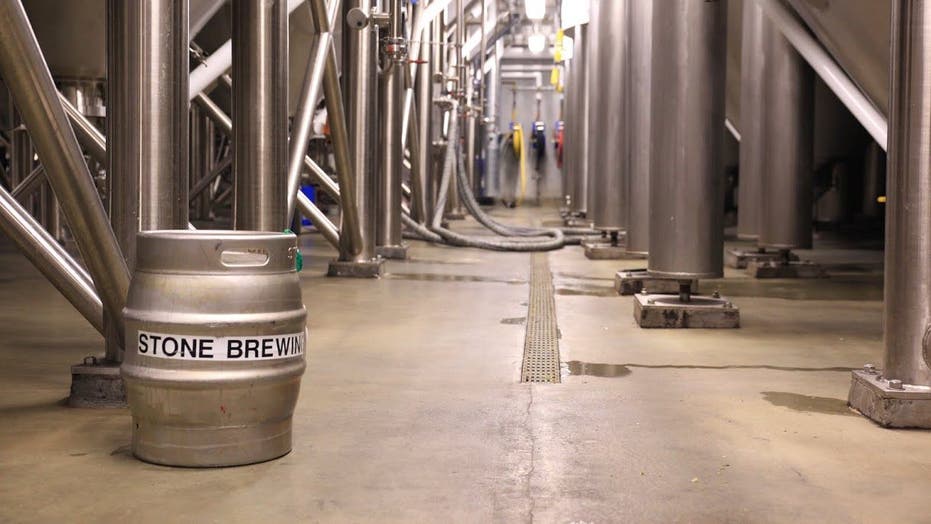If all you think of when you order a beer is Rolling Rock or Corona, Heineken or Dos Equis, you’re still living in the 1990s. The hipster nation is hot on the artisanal beer kick, and its citizens are bringing their cultures and tastes with them.
This includes a growing number of Latino brewers, a small but mighty bunch who design recipes that reflect their palates and a love of the flavors that represent their deep connection to Latin food and drink.
Erick "Riggs" Villar is an award-winning brewmaster at Ohana Brewing Company, located in downtown Los Angeles and Alhambra, Calif. He designs recipes and product concepts for the company. For him, brewing is a passion.
"I got into this because I wanted something better," Villar told Fox News Latino. "I wasn’t satisfied with the beers on the market in early 2000. As a Latino, I incorporate my culture in the flavor combinations; including such ingredients as Mexican chocolate, peppers, orchata, avocado, mole—home first (brewing) is simply better.”
As little as 20 years ago, craft beers generally were only available at the source, in breweries and tasting rooms, or at select bars and restaurants. Craft beer wasn’t trying to be exclusive, it's that the supply was limited because demand wasn’t huge. But now the craft beer market has grown beyond small niches and extended to most every moderately upscale restaurant and even to large, family-friendly venues.
“As a Chicano-American, born and raised in the South Bay of San Diego," Dr. Gonzalo Quintero, a West Coaster columnist and co-founder of Craft Beer Tasters, told FNL, "I have seen the [craft beer] culture spread throughout my community since the early 2000s. I would say that the Latino fan base is definitely there, but it was, perhaps, a fan base that joined in a bit later."
Quintero added, "It has been intriguing to see, also, the rise of craft beer production and popularity in Mexico, particularly Baja California."
Vince Vasquez, a craft beer enthusiast and author of two San Diego craft brew industry studies, said, “Latinos bring something unique to the scene. They bring their food styles. From Argentina to Ecuador and Mexico, it’s Latino food that’s currently influencing mainstream brewing.”
Many craft beer aficionados are looking to Baja for the next wave of artisanal brewers. “Baja is a little late to the party, but the crowd that’s coming into it is non-traditional and wants more options,” said Cecil Domingo Flores Menasco, small-batch brewer at Stone Brewing Co. in Escondido, Calif.
Villar believes that the Baja brewers are “hipster-innovators” out of necessity because they don’t have easy access the brewing equipment. “Those guys don’t have the ready-made tools, so they add their own ingenuity to brewing, and thereby bring their culture to the mix,” he said.
The main challenge now is how to change attitudes of Latino consumers. The chief complaints are that craft beers are too expensive, or too high in alcohol content, or simply too fancy for more basic tastes.
“It all comes down to education and word of mouth at the point of sale," Villar said. "I try to take the time to explain to people that drinking craft brew is akin to eating a great steak. It’s about quality ingredients, without additives and fillers. You get what you pay for when it comes to beer.”
Steve Gonzalez, Research & Small Batch Manager at Stone Brewing Co., told FNL, “Right now, there is a new wave of sweet and savory flavor combinations that reflect a Latin cuisine flavor style. I love the hibiscus IPAs that are being brewed. Also, there are a ton of, 'mole-like' flavor combinations that include chocolate and chilies. Mango and chili beers are another popular example."
Gonzalez added, "I think it's undeniable that there is a cultural shift involving flavor. Everyone is becoming more accustomed to these really intense tropical and citrus flavors, partly because of eating more exotic Latin food, and this is creating an impact on what people drink too.”

